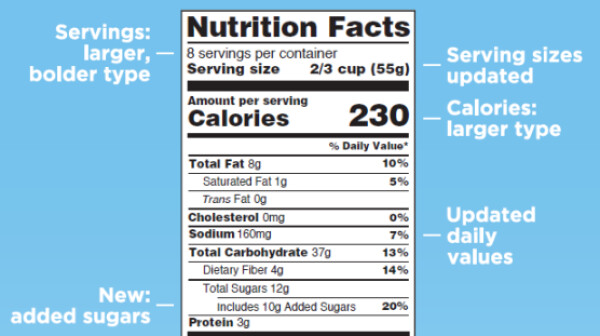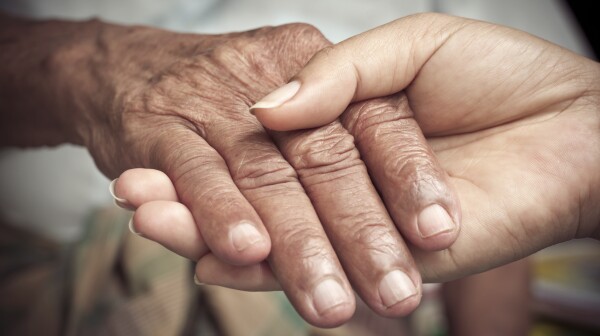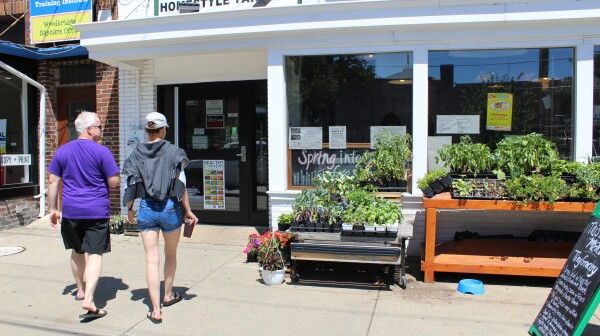AARP Hearing Center
CLOSE ×
Search
Popular Searches
- right_container
- Health
- Money
- Work & Jobs
- Advocacy
- Social Security
- Medicare
- Caregiving
- Games
- Travel
- More...
- Entertainment & Style
- Family & Relationships
- Personal Tech
- Home & Living
- Auto
- Staying Sharp
- Podcasts
- Videos
A range of employment indicators has revealed a mixed picture of the US labor market in recent months. While some of the latest data give room for optimism about job growth in some industries, many industries continue to shed jobs. Many older workers are employed in the industries and occupations…
Most of the 1.2 million people living with HIV in the United States are now over the age of 50, and more than 175,000 are over the age of 65. For many people who were diagnosed prior to the introduction of revolutionary highly active antiretroviral therapy, life expectancy was measured in months,…
Surveys illuminate people’s preferences for aging in place and reforms that promote more supply
I stood at the locked door of my family’s favorite neighborhood restaurant and peered in the window. How could it not be open on a Friday evening, I wondered.
Since the passage of the Nutrition Labeling and Education Act of 1990, Nutrition Facts labeling has been mandatory for most packaged foods. The majority of food items sold in grocery stores are processed and packaged. Nutrition Facts labels provide consumers with the amount of calories and…
There’s good news for consumers interested in taking more control of their health care.
Patient-centered care is responsive to the needs and values of the individuals receiving care, and is one aspect of a high-performing, high-quality health care system. The Centers for Medicare & Medicaid Services (CMS) recently issued a final rule that gives Medicaid managed care consumers and…
“Marvin L. Dawkins was a 53-year-old AT&T manager when a blocked blood vessel left him paralyzed. It took 11 years, one lawsuit, repeated tangles over Medicaid rules — and a chance meeting on a church van — before he could extract himself from a nursing home outside Baltimore. Now he lives in an…
Do you know anyone who supports a family member, neighbor or friend with mental health issues? Chances are you do. But it’s likely you don’t know you do.
Every day, thousands of AARP staff and volunteers bring AARP public policies to life when they fight on behalf of older Americans and their families in all state capitals and Washington, D.C.
If you’re one of the roughly 2 million Medicare beneficiaries placed under observation each year, there’s (potentially) good news for you: You may be less vulnerable to sticker shock when you get your medical bill. But Medicare hasn’t gotten the details right just yet.
You like where you live. Your community is the perfect fit, you say.
have gone digital, replacing paper medical records with electronic ones. For consumers, this should have meant that complete and up-to-date medical files seamlessly flow between physicians and follow patients from one doctor to the next.
Search AARP Blogs
Recent Posts










































































